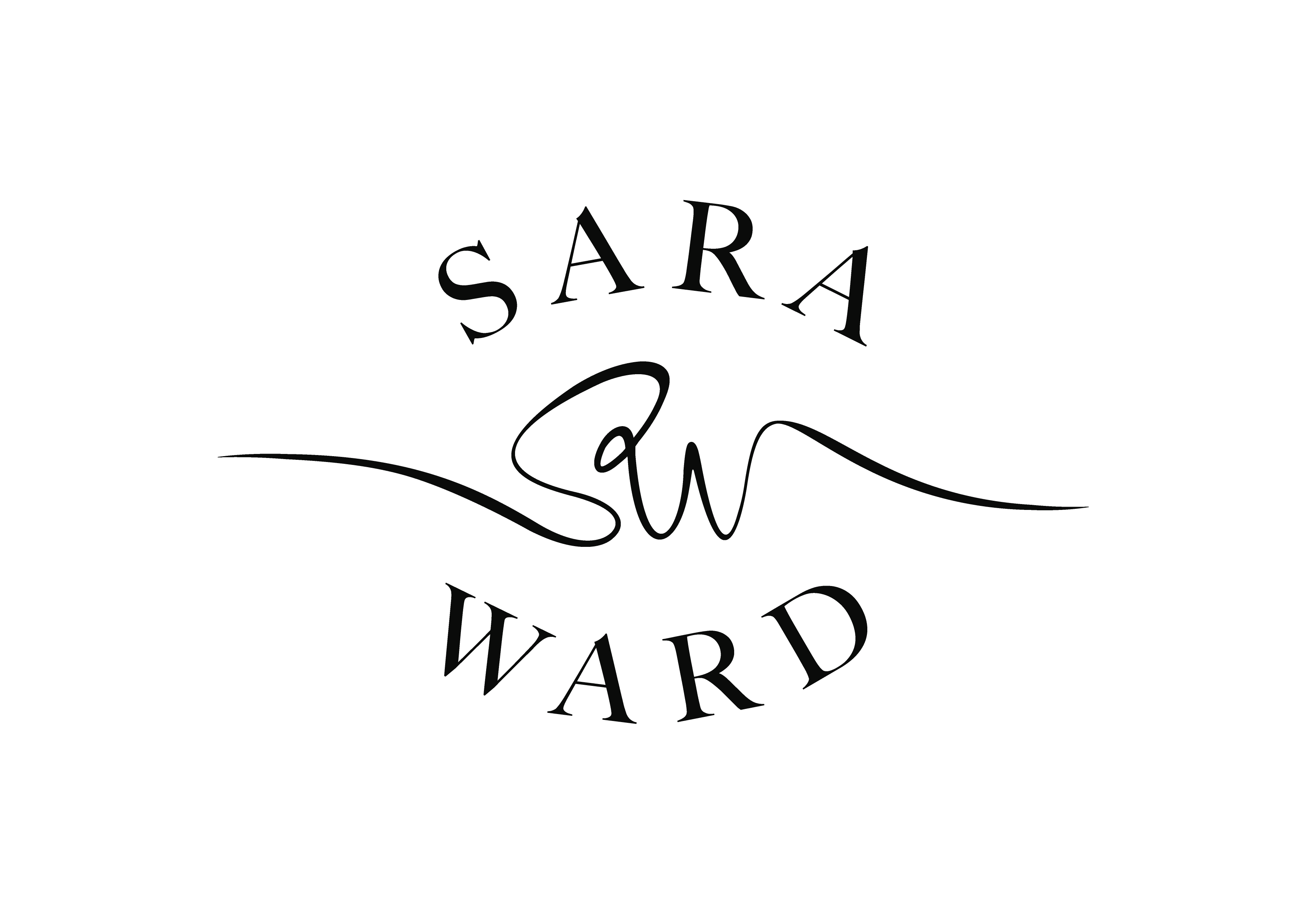
I cut my teeth on headaches and migraines when I first started my practice. I’ll never forget my first migraine patient. I still see her to this day, almost 12 years later, not for migraines any more, but for maintenance. She came to me reluctantly, after I’d been treating her husband for a few months. He asked me one day if I could treat headaches and migraines. Being a newbie to the profession, I thought to myself … YES, say yes, Sara. And that’s when the migraine train started to roll in.
All of a sudden my patient roster was 90% headache-based. I encountered headaches and migraines of all sorts, but what I really cut my teeth on was barometric and hormonal headaches. This is a real thing when you live in a rainforest with a climate that brings sudden and unexpected weather changes. I learned the nuances of the weather, and could almost predict the days I’d be treating mostly headaches and migraines. And throw in hormonal nuances too, given that I know where all of my patients are in their cycles.
Headaches and migraines really are no laughing matter. They can stop you in your tracks with life-altering pain, and they require a toolkit of interventions. No two of my patients present with the same things, and what works for one doesn’t always work for the other.
Here’s what I keep in my toolkit for headache and migraine patients:
Above all, check with your healthcare provider. They too have toolkits that will help navigate your headaches and/or migraines.
ABOUT AUTHOR

Step into my world, where the momentum of our combined energies makes healing contagious.

Sign up for Health & Wellness + Inspiration